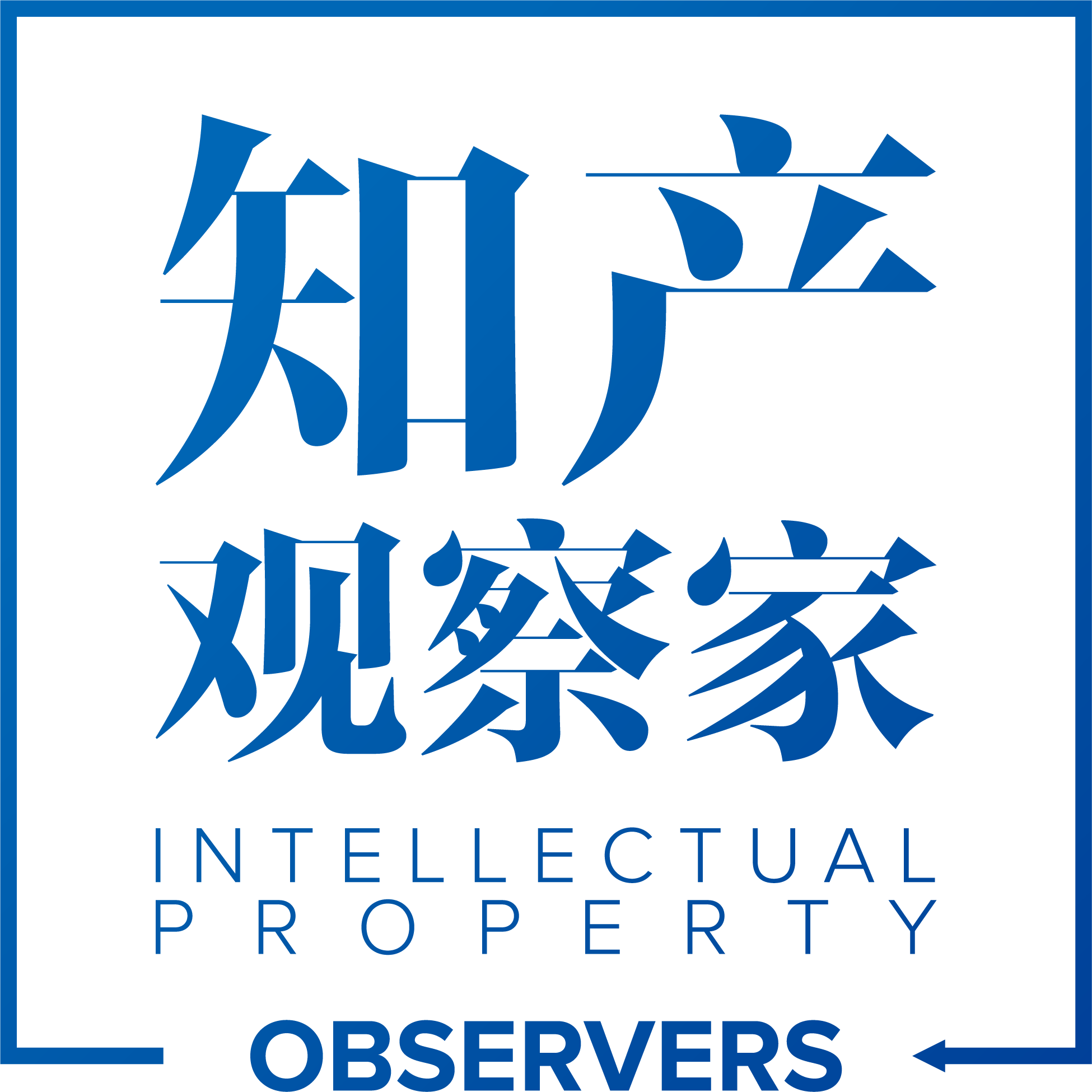In celebration of the 50th anniversary of the integrated circuit, the United States Patent and Trademark Office (USPTO) Director John Doll joined members of Congress and officials of the National Inventors Hall of Fame this week to announce the 2009 class of inductees, a press release by the Office stated.
All those recognized are inventors of advances related to or enabled by integrated circuit technology.
The 2009 inductees include inventors such as Jean Hoerni, who developed the manufacturing process for modern integrated circuits; Alfred Cho, who achieved a process used in creating devices such as the lasers used in CD and DVD players and drives; and George Heilmeier, who pioneered the first liquid crystal displays.
Ten living inventors and five deceased innovators will be inducted at a ceremony at the Computer Museum in Mountain View, California on May 2, 2009.
This year's inductees are:
• Martin M. (John) Atalla (1924- ) MOS transistor Atalla was a Bell Labs inventor who worked with Dawon Kahng to invent the first practical field-effect transistor, the most widely employed type of integrated circuit.
• Alfred Y. Cho (1937- ) Molecular beam epitaxy—MBE Cho achieved molecular beam epitaxy (MBE) at Bell Labs, a process in which materials are layered atop one another with great precision to form devices like transistors, light-emitting diodes, and lasers.
• Ross Freeman (1948-1989) Field programmable gate array—FPGA Freeman, co-founder of Xilinx, invented the field programmable gate array (FPGA), a computer chip that can be programmed again and again, changing the way that it functions.
• Dov Frohman-Bentchkowsky (1939- ) EPROM Frohman-Bentchkowsky of Intel and founder of Intel Israel created the electrically programmable read-only memory chip, or EPROM, which could be erased by exposing it to ultraviolet light, then have new data written onto it.
• George Heilmeier (1936- ) Liquid crystal display Heilmeier pioneered the first liquid crystal displays at RCA Laboratories.
• Jean Hoerni (1924-1997) Planar process a co-founder of Fairchild Semiconductor and one of the Fairchild Eight, Hoerni invented the planar manufacturing process, the process that is relied upon for the manufacture of today’s modern integrated circuits.
• Larry Hornbeck (1943- ) Digital micromirror device—DMD Hornbeck, of Texas Instruments, holds a series of patents that form the foundation for the DMD, an array of up to two-million hinged microscopic aluminum mirrors on a silicon chip.
• Dawon Kahng (1931-1992) MOS transistor Kahng was an inventor, with John Atalla, of the first practical field-effect transistor, a device that controls electronic signals by switching them on or off or amplifying them.
• John Macdougall (1940- ), Ken Manchester (1925- ) Ion implantation Macdougall and Manchester worked together at Sprague Electronics to develop a commercially viable method of ion implantation.
• Carver Mead (1934- ) VLSI method for designing chips Mead, professor emeritus at Caltech, is an inventor, chip designer, entrepreneur, and physicist.
• Gordon Moore (1929- ) Semiconductor production as a cofounder of both Fairchild Semiconductor and Intel, Moore set the pace and standards for Silicon Valley’s chip manufacturing methods.
• Gordon Teal (1907-2003) Silicon transistor Gordon Teal created the first functioning silicon transistor.
• Frank Wanlass (1933- ) Complementary metal oxide semiconductor—CMOS Wanlass invented the complementary metal oxide semiconductor (CMOS), the technology employed in most modern microchips.
• Robert Widlar (1937-1991) Linear integrated circuits Widlar designed the first commercially successful analog integrated circuit.
An exhibit honoring the inductees is currently on display in the atrium of the Madison Building on the USPTO campus in Alexandria, Virginia.
SOURCE:AGIPNEWS


